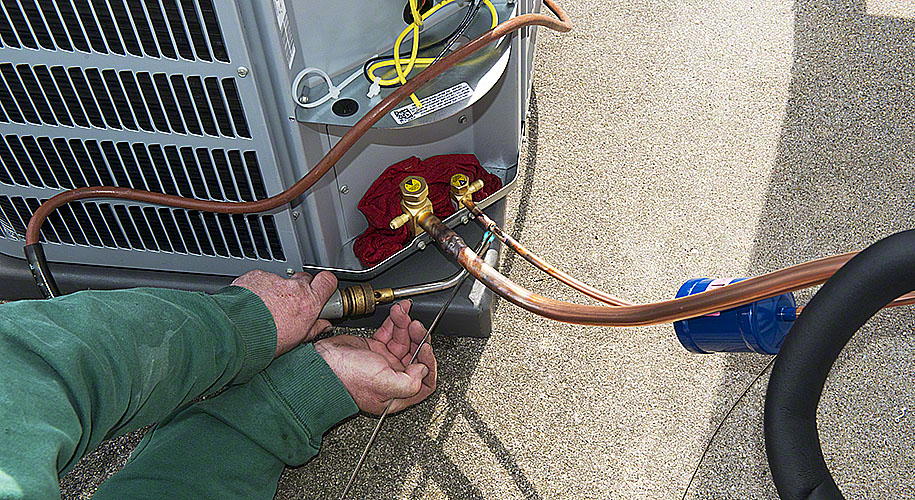Heat pumps are lifesavers in the winter season. They keep you warm and cozy while the temperature drops outside. Frost on the heat pump unit is normal, however, if there is an excessive amount of ice or snow, it can create problems for the heat pump and you may have to call heat pump repair services. So, let’s look at some potential fixes to prevent ice from damaging your heat pump unit.
Heat Pumps Tend To Ice Up During Cold Weather
As mentioned earlier, it is normal for a heat pump to have some frost on it. When a heat pump is working to keep your house warm, it is supposed to be covered in ice, so there is no need to panic. This is due to the pump generating heat and the refrigerant turns to gas before condensing upon coming in contact with the outdoor coil.
As a result, the condensation during the winter freezes and forms frost on the heat pump. However, a normal heat pump functions in cycles. When it detects a layer of ice, it starts the defrost cycle which helps in turning the ice into water. But if there is extreme snowfall and accumulation is beyond what the pump can handle, you should try manually removing some of it.
Install A Shade Or Cover
Installing a shade or cover will prevent the heat pump from getting frozen during the winters. Keep in mind that you should not cover the heat pump from all sides, as it needs to breathe as well. Therefore, installing a shade or cover above the heat pump will prevent direct contact with snow or ice.
In addition to that, you should prevent installing or positioning the heat pump in the coldest area of the house. Some people overlook this factor and then experience complications when it comes to diagnosing the problem just because they avoid visiting that area due to extreme cold.
Your heat pump should be situated in a not-so-hard to-reach area. This will make it easier for you to access it if there is a problem. Otherwise, you will have a hard time getting out of bed.
Prevent The Heat Pump From Freezing
It is often that some homeowners tend to rely on the defrosting cycle to protect the unit against extreme weather. While that might be partly correct but in some situations, the defrosting cycle will not be able to handle the situation.
If the heat pump does not defrost quickly enough, it could cause the unit to malfunction. The reason is that coils blocked with ice are not able to pull in cool air from home. As a result, the efficiency of the HVAC system will decrease.
In addition to that, the heat pump may experience damage if the air is not properly able to go through the fins properly. Heat pumps that are severely iced up can easily break the fan blades, cause refrigerant leaks, and damage other important components.
Schedule An Inspection
If you are aware of the basics of a heat pump, you should avoid meddling with its internal components. In case of a severely iced-up heat pump, you should use a hot water faucet to melt the ice instead of breaking it. Using a hammer or any other tool to break the ice can easily break expensive internal components.
Therefore, instead of taking the risk, you should call a professional technician who will inspect the severity of the situation and deal with it accordingly. The fan blades, condenser coils, and other components are vulnerable to damage if you try to fix the situation on your own. Therefore, it is better to spend a few bucks and ensure the safety of the unit instead of saving and damaging the system.
Check For Other Problems
If you observe that your heat pump is not defrosting properly, there could be other problems contributing to the issue. For instance, you should check the air filters and clean or replace it. Next, you should check the fins of the fan. If there is any dirt accumulation, shrubs, or leaves hindering the regular function, you should remove them immediately.
Final Word
The tips mentioned above will help you fix the icing or freezing issue of your heat pump. Make sure that you get it maintained by HVAC companies McLean before the winter season kicks in so that if there are any problems, you could fix them beforehand.
